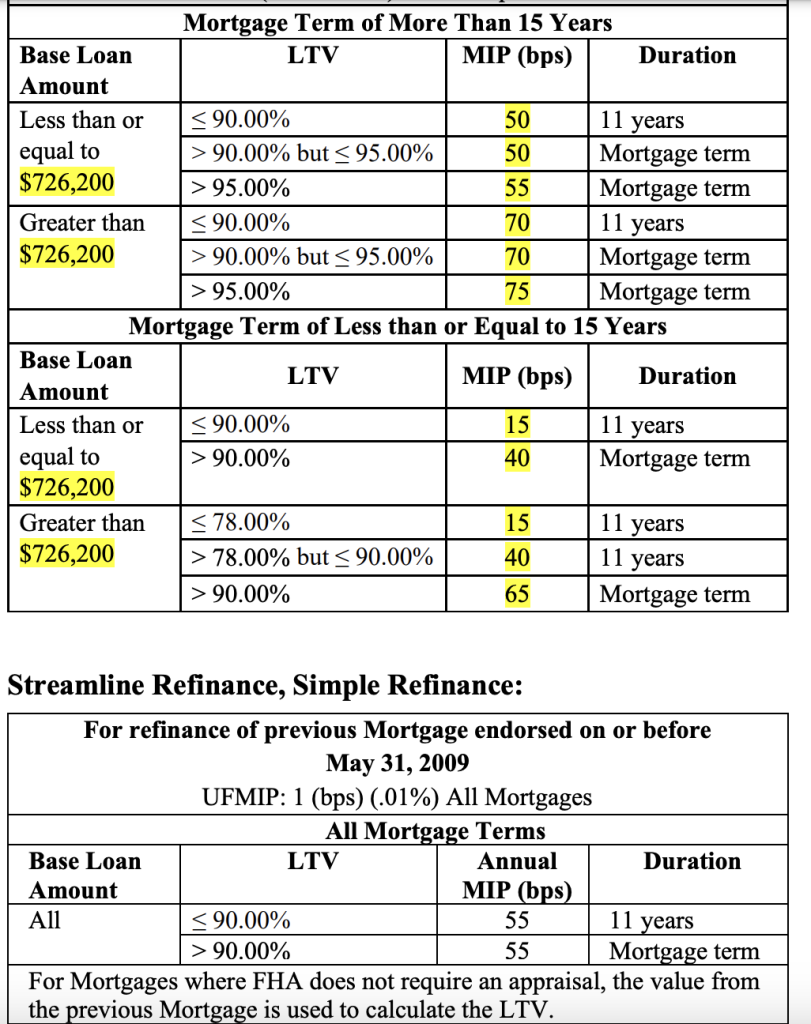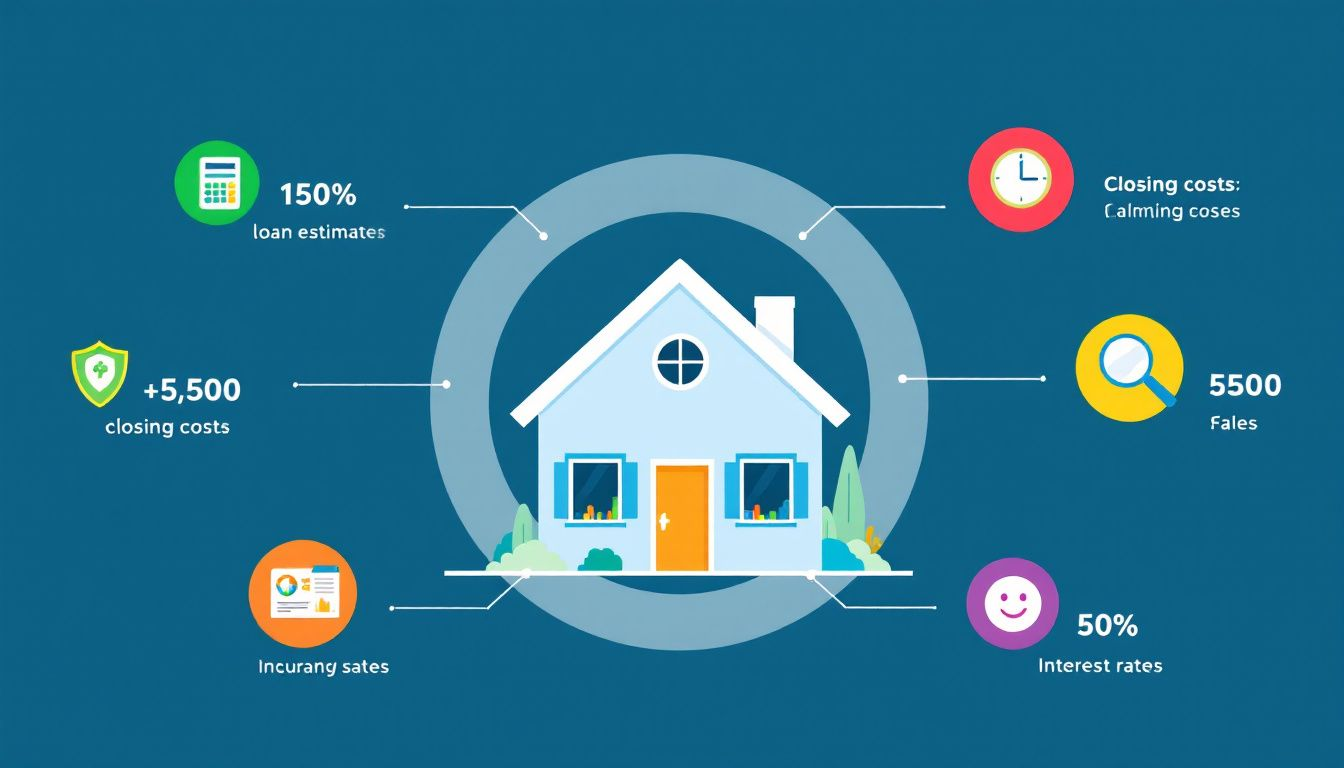Are you curious about FHA mortgage insurance and how it affects your home loan in…
Grossing Up Income for a Mortgage
Wondering how non-taxable income factors into your mortgage approval? In this post, we’ll explain what “grossing up” income means, why it matters, and how it’s handled differently by various loan programs in Colorado. Whether you’re exploring Colorado Springs real estate or just want to strengthen your application, here’s everything you need to know—and how 719 Lending can help.
—
## What Is Grossing Up Income?
“Grossing up” income refers to adjusting non-taxable income sources upward to their equivalent “pre-tax” amount. Since lenders typically look at gross (before-tax) income when qualifying borrowers, grossing up helps align your non-taxable income—such as certain Social Security benefits, disability income, or child support—with the same standard that taxed income receives.
Here’s what you need to know next:
**Why Do It?** If your income isn’t taxed, your actual take-home pay is relatively higher than a typical wage earner’s. Grossing up levels the playing field.
**Who Benefts?* Anyone receiving non-taxable income could qualify for a larger mortgage loan or better debt-to-income ratio, especially in competitive markets like Colorado Springs.
—
## When Should You Consider Grossing Up Your Income?
Grossing up can make sense if you:
– Receive Social Security retirement or disability benefits
– Have certain types of military allowances
– Receive child support or public assistance
– Collect other proven tax-exempt income sources
Because many of these types of income are common for homeowners and homebuyers in Colorado, local mortgage professionals often see borrowers who can benefit from this option. However, the rules differ depending on the loan program.
—
## How Does Grossing Up Work?
In a nutshell, you take the non-taxable portion of your income and apply a specific percentage to determine the “grossed-up” figure. Here’s a quick example:
1. **Non-Taxable Income**: $1,000 per month.
2. **Gross-Up Percentage**: Depends on the loan program (often between 15% and 25%).
3. **Grossed-Up Amount**: $1,000 + ($1,000 x Gross-Up %) = Qualifying Income.
Because each loan program has its own guidelines, the exact gross-up calculation can vary. That’s why it’s crucial to work with an experienced mortgage broker or loan officer—like our team at 719 Lending.
—
## Different Guidelines by Loan Program
### Conventional Loans (Fannie Mae and Freddie Mac)
Fannie Mae and Freddie Mac’s approach may seem more complex and **often results in a smaller overall boost** to your income than FHA or VA guidelines. In practice, you might see:
– **15% Non-Taxable Portion for Social Security:** Fannie and Freddie typically allow you to designate 15% of Social Security income as automatically non-taxable, no additional documentation required.
– **25% Gross-Up on the Non-Taxable Portion Only:** If $150 is the non-taxable portion, you can then increase that portion by 25% (which amounts to $37.50). Consequently, the total monthly income would be $1,037.50 instead of $1,150 you might get under a more direct 15% model.
– **Result:** You gain a smaller increase—often around 2–3% of the total, rather than a flat 15% of your entire income.
This means **conventional loans** may offer less flexibility on grossing up. If you’re relying heavily on non-taxable income and want a bigger boost, an FHA or VA loan might be more advantageous.



